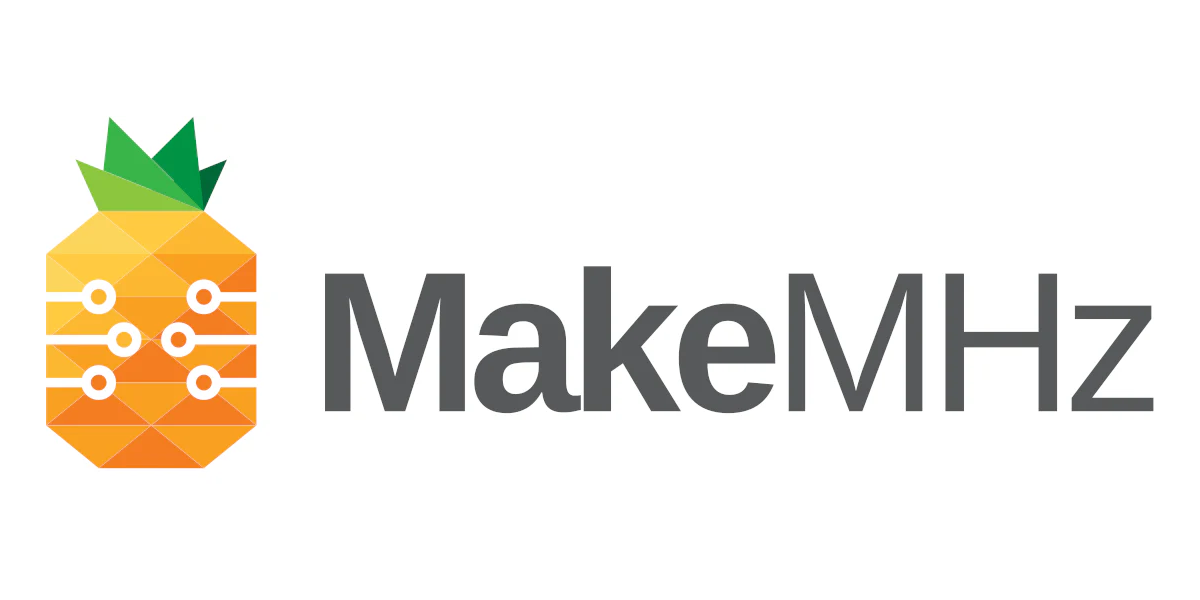Hello + Alittle Bruteforcing
Fuck.. I hate writing these. Ok well I’ve already written one blog introduction post straight up as hello, one as pretending to actually care about blogging, and the last one I was doing exactly this (Going on and on about how much I hate writing the first blog post).
So my handle is LoveMHz and I’m the lead programmer for XeLove. I also run a few other smaller groups outside of the Xbox Homebrew’ing scene, but that’s a story for a different day. Currently the only program I’ve released is XeDebug, but it won’t stay that way for long ;)
Well that seems like enough for an introduction post.. Now on to what I’ve been working on today. A few years back I purchased a USB Skype phone off of eBay, or simply named “USB PHONE” as printed on the device. Sadly since then I’ve managed to lose the drivers. No biggy right? Negative. Google’ing for the hardware ID and product vendor returned everything and anything but what I was looking for. That was pretty much the first half of my day.
The next few hours included resoldering the broken SMD mini USB port on the phone. Who’s idea was it to design a phone, use a SMD connector, and ONLY HOLD IT IN PLACE BY THE PINS.
Then the fun part, seriously. Reverse engineering the protocol. Now the way the phone works is quite simple. Included with the CD, remind you I lost this, is an application that draws the menus to the phone. So just a simple I/O situation. Too bad I don’t have the program. Would be as simple as capturing the USB data packets. So my idea was to bruteforce the first few bytes and see what happens.
After a few test runs I noticed that while the first byte was set to 3 it was only changing the LED and the screen’s backlight. Now while it was set to 4 it was changing the LCD data. After a few hours I came up with this.
OutputReport[0] = 0x00; // Always 0.
OutputReport[1] = 0x03; // Type. 3 = Draw Screen. 4 = Control LEDs/Blacklight
OutputReport[2] = 0x00; // Unknown
OutputReport[3] = 0x07; // Offset Block Y 0 - 7\. 0 is bottom
OutputReport[4] = 0x40; // Offset Pixel X 0 - 0x70 or so. 0 is left side
// To draw to the screen we must do it block by block.
// A block is 7x8\. Each byte sent is a column. And each bit of that is a pixel.
OutputReport[5] = 0x00; // Pixel Data -- Left most column
OutputReport[6] = 0x00; // Pixel Data
OutputReport[7] = 0xFF; // Pixel Data
OutputReport[8] = 0xFF; // Pixel Data
OutputReport[9] = 0xFF; // Pixel Data
OutputReport[10] = 0xFF; // Pixel Data
OutputReport[11] = 0xFF; // Pixel Data
OutputReport[12] = 0xFF; // Pixel Data
OutputReport[13] = 0xFF; // Pixel Data -- Right most column
Now I haven’t exactly finished this since I still have to write up the docs for the keypad and the backlight/LED. More on that later and maybe some more source.
Postnotes Nothing much was found on the MCU, Holtek HT82A832R, besides the public datasheet.



